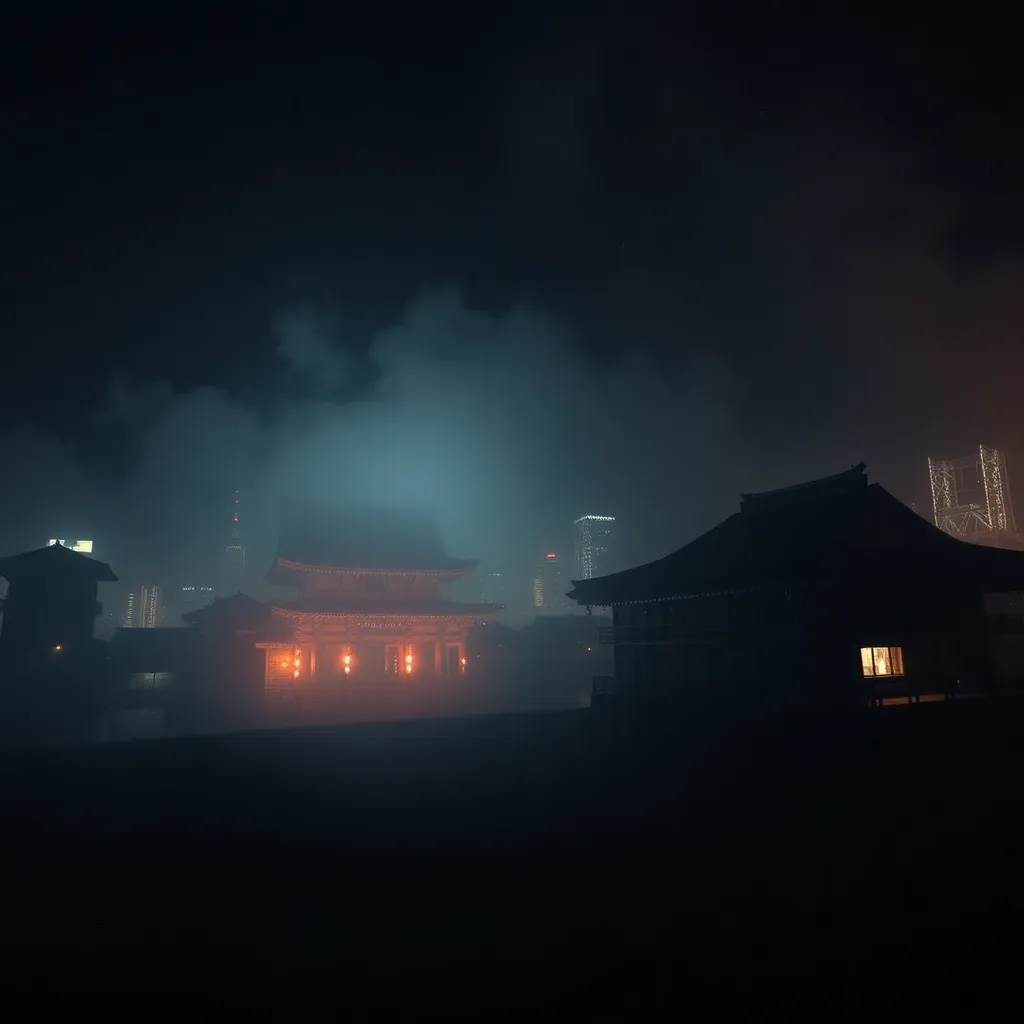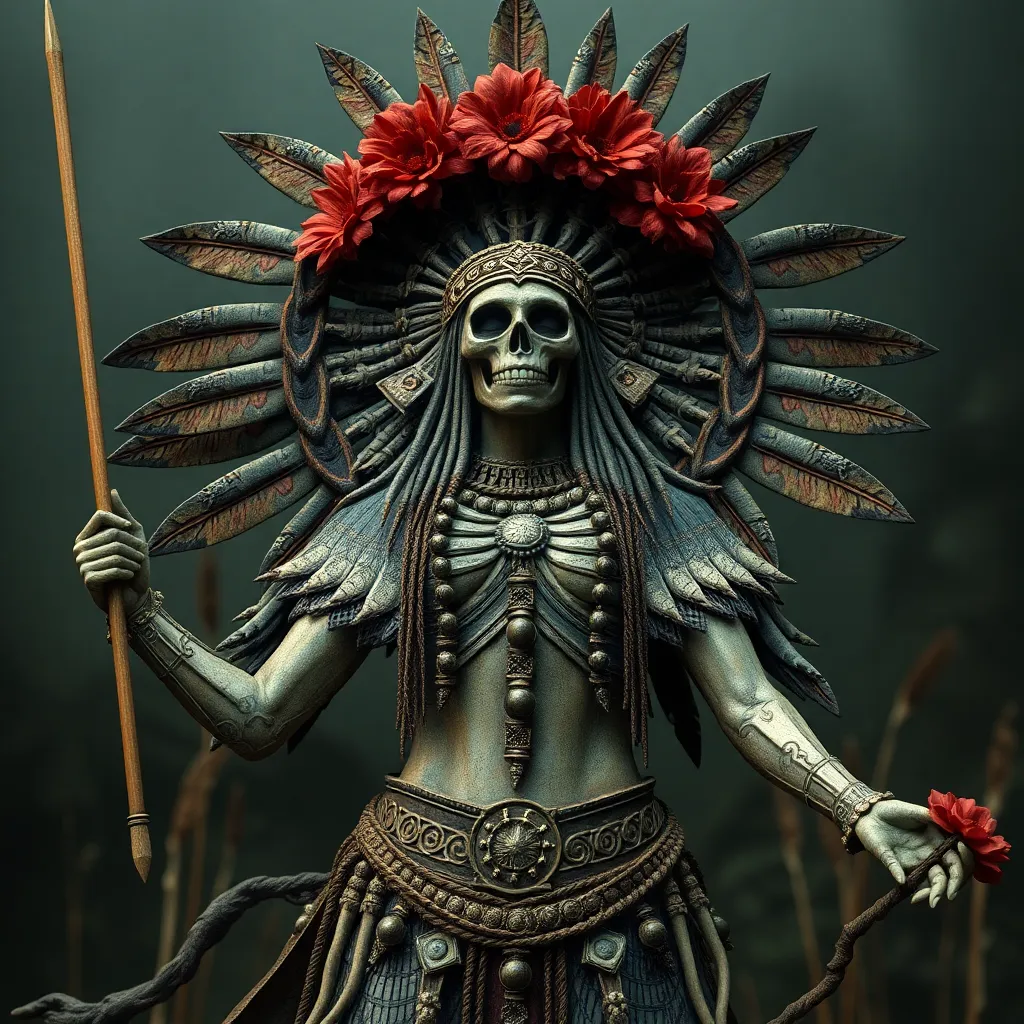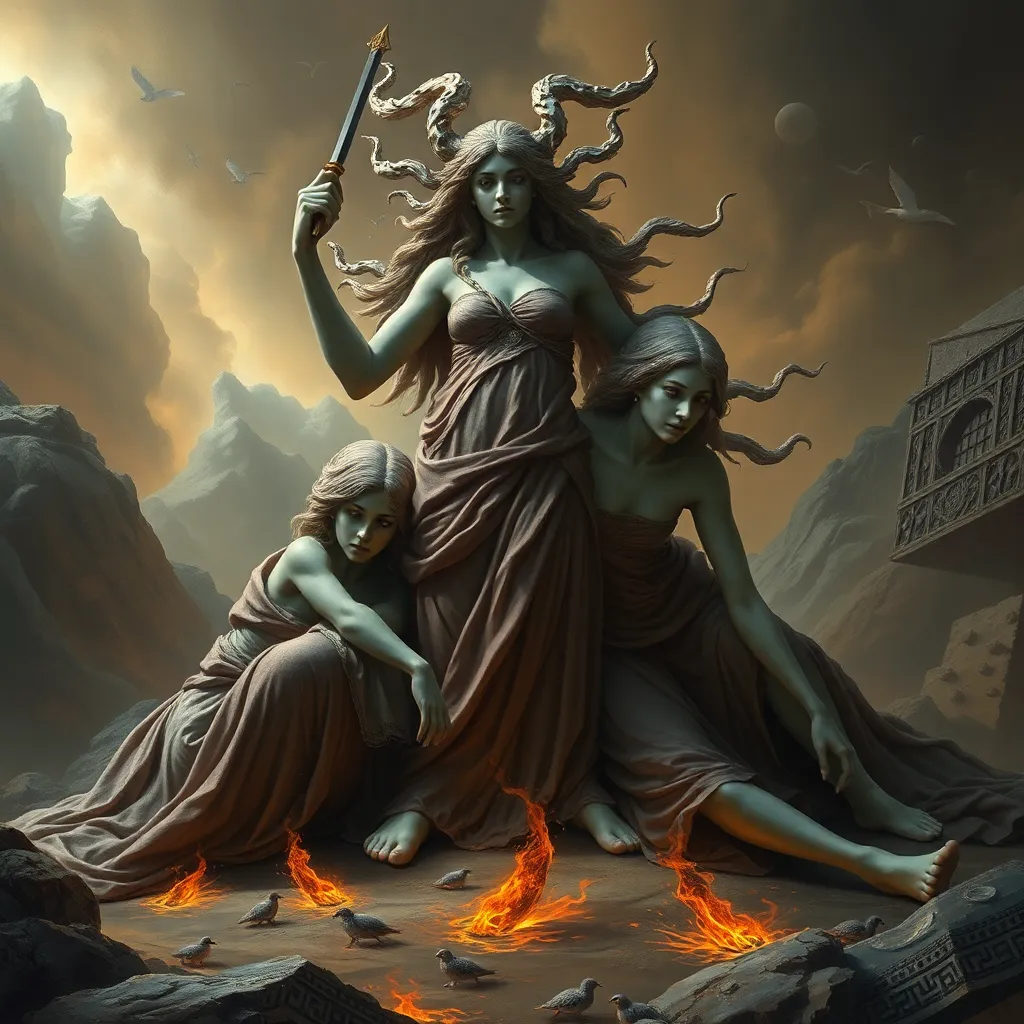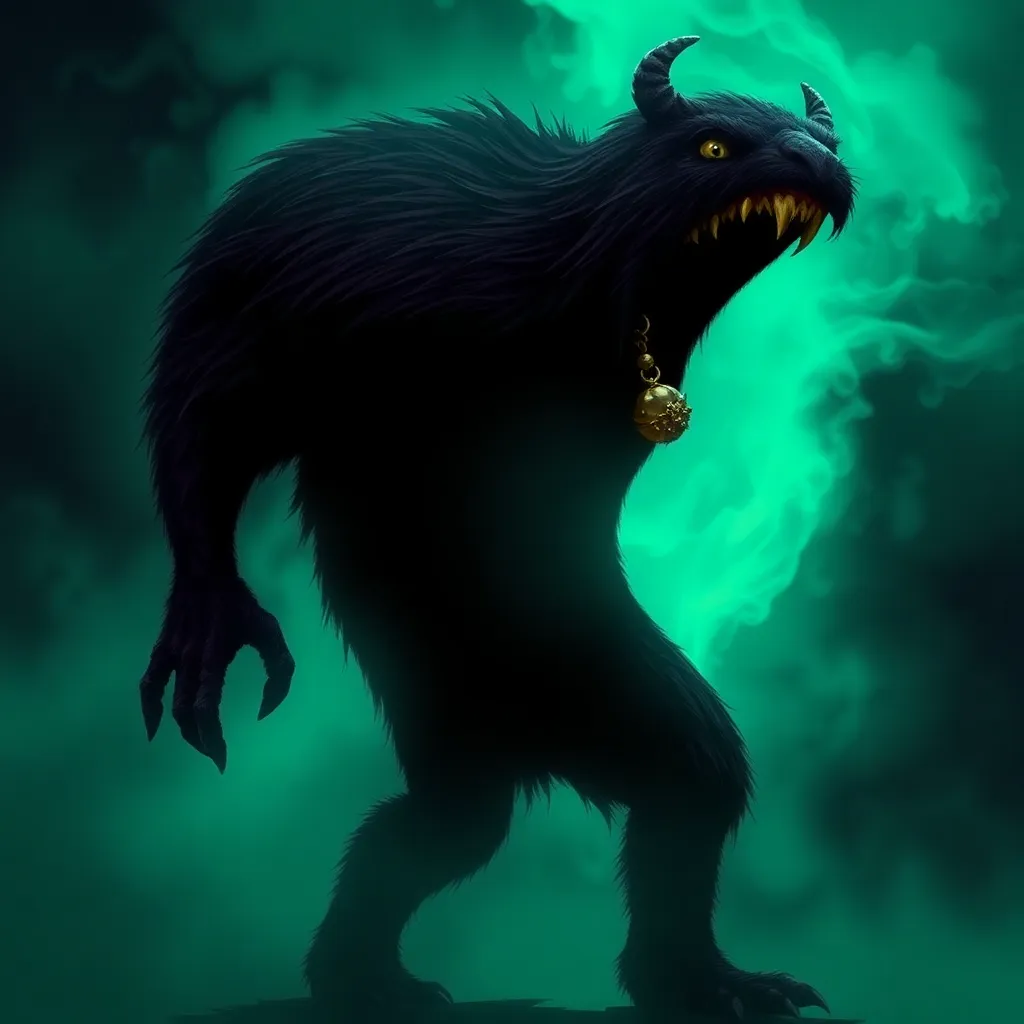The Baku in Contemporary Culture: The Myth’s Resurgence in Modern Japan
I. Introduction
The Baku, a mythological creature in Japanese folklore, is often depicted as a tapir-like being that devours nightmares and is considered a guardian against bad dreams. Historically, the Baku has held significant cultural value as a symbol of protection and comfort, especially during the Edo period when people would pray for a good night’s sleep.
In recent years, there has been a notable resurgence of the Baku in modern Japanese culture. This revival can be seen across various media, including anime, manga, video games, and contemporary art. As society increasingly grapples with issues of mental health and the stressors of modern life, the Baku has re-emerged as a comforting figure representing hope and solace.
This article aims to delve into the factors contributing to the revival of the Baku myth, exploring its historical background, representation in modern media, cultural significance, and global appeal.
II. Historical Background of the Baku
A. Origins of the Baku Myth in Japanese Folklore
The Baku’s origins can be traced back to Chinese mythology, where it was known as a creature that could devour dreams and nightmares. Over time, this myth was adapted into Japanese culture, where it became a symbol of good fortune and protection. The earliest mentions of Baku in Japan date back to the Heian period, where it was often depicted in art and literature.
B. Traditional Roles and Symbolism of Baku in Ancient Japan
In ancient Japan, the Baku was believed to be a guardian of the night, often invoked to ward off evil spirits and protect against ill dreams. It was common for people to place Baku talismans under their pillows, hoping for a restful sleep free from nightmares. The Baku was also associated with dreams and the unconscious, serving as a bridge between the waking world and the realm of dreams.
C. Evolution of the Baku’s Image Through History
As Japan transitioned through different historical eras, the perception of the Baku evolved. During the Edo period, it became a popular subject in ukiyo-e prints and literature, while in the Meiji period, Western influences began to shape its representation. The Baku’s image shifted from a mystical guardian to a more whimsical character, reflecting the changing attitudes towards spirituality and folklore in modern Japan.
III. The Baku in Modern Japanese Media
A. Representation of Baku in Anime and Manga
Today, the Baku is prominently featured in various anime and manga series. It often appears as a playful, friendly character, embodying the qualities of protection and comfort. Notable examples include:
- Doraemon – where Baku-like creatures assist characters in overcoming their fears.
- Natsume’s Book of Friends – which showcases Baku as a protective spirit in the protagonist’s journey.
B. Influence of Video Games Featuring Baku Characters
Video games have also embraced the Baku myth, integrating it into their narratives and character designs. Titles such as Final Fantasy and Persona feature Baku-inspired entities that players can encounter, further solidifying its place in contemporary culture.
C. Baku’s Role in Contemporary Literature and Storytelling
In literature, the Baku has found new life in novels and short stories that explore themes of dreams and the subconscious. Authors often use Baku as a metaphor for personal growth and overcoming adversity, tapping into its historical significance as a protector against nightmares.
IV. The Cultural Significance of the Baku Today
A. Baku as a Symbol of Hope and Protection Against Nightmares
In today’s fast-paced and often stressful world, the Baku serves as a symbol of hope. Its role in consuming nightmares resonates with individuals seeking solace from their anxieties and fears. The notion of a creature that can protect one’s dreams offers comfort to many.
B. The Psychological Impact of Baku in Modern Society
Psychologically, the Baku has become a source of strength for those dealing with mental health issues. The myth encourages individuals to confront their fears and anxieties, suggesting that they can be ‘eaten away’ by this benevolent creature.
C. Baku in the Context of Mental Health Awareness
As conversations around mental health continue to grow, the Baku has emerged as a cultural icon representing the importance of seeking help and finding peace. Art and campaigns often incorporate Baku imagery to promote mental wellness and the idea of protecting one’s mind from negative thoughts.
V. Baku in Art and Design
A. Contemporary Artistic Interpretations of Baku
Modern artists have reinterpreted the Baku in diverse ways, from traditional paintings to contemporary installations. These artworks often reflect the juxtaposition of ancient mythology with modern life, highlighting the Baku’s enduring relevance.
B. Baku Motifs in Fashion and Merchandise
Baku motifs have also made their way into fashion and merchandise. From clothing lines featuring Baku designs to plush toys and home decor, the creature’s popularity continues to influence consumer culture.
C. The Role of Baku in Public Art and Installations
Public art installations featuring Baku can be found in various cities across Japan, often aiming to invoke a sense of nostalgia and connection to cultural heritage. These works invite the public to engage with the myth and reflect on its significance.
VI. The Global Popularity of Baku
A. How International Audiences Are Embracing Baku
The fascination with Japanese culture has led to a growing interest in the Baku beyond Japan’s borders. International audiences are increasingly drawn to its rich mythology and the comfort it represents.
B. Baku as Part of the Global Fascination with Japanese Culture
The Baku’s resurgence is part of a larger trend where global audiences seek to explore and embrace elements of Japanese culture, including traditional myths, art, and media. This cross-cultural exchange highlights the universal themes of hope and protection found in the Baku myth.
C. Cross-Cultural Adaptations and Reinterpretations of the Baku Myth
Adaptations of the Baku myth can be seen in various forms of media across different cultures, showcasing how this ancient creature can be reinterpreted to fit new narratives and contexts.
VII. Future Trends and the Baku’s Continued Relevance
A. Predictions for the Future of Baku in Popular Culture
As the interest in mental health and well-being continues to rise, the Baku’s presence in popular culture is likely to expand. Its role as a protector against nightmares will resonate with younger generations.
B. The Impact of Digital Media on the Myth’s Evolution
Digital media, including social platforms and online storytelling, will play a significant role in shaping the Baku myth’s evolution. Creative expressions through digital art, memes, and animations can introduce the Baku to new audiences and contexts.
C. Potential for Baku to Influence New Cultural Narratives
The Baku has the potential to influence new cultural narratives that prioritize mental wellness and emotional resilience. As storytelling continues to evolve, the Baku may find new roles in addressing contemporary issues.
VIII. Conclusion
The Baku has emerged as a significant figure in contemporary culture, symbolizing hope, protection, and the importance of mental health awareness. Its historical roots in Japanese folklore, combined with its modern representations in media and art, highlight the enduring nature of myths in society.
Reflecting on the Baku’s resurgence, it becomes clear that myths like these serve not only as cultural artifacts but also as tools for navigating the complexities of modern life. As the Baku continues to inspire and comfort, its relevance in Japan and beyond will undoubtedly persist.



